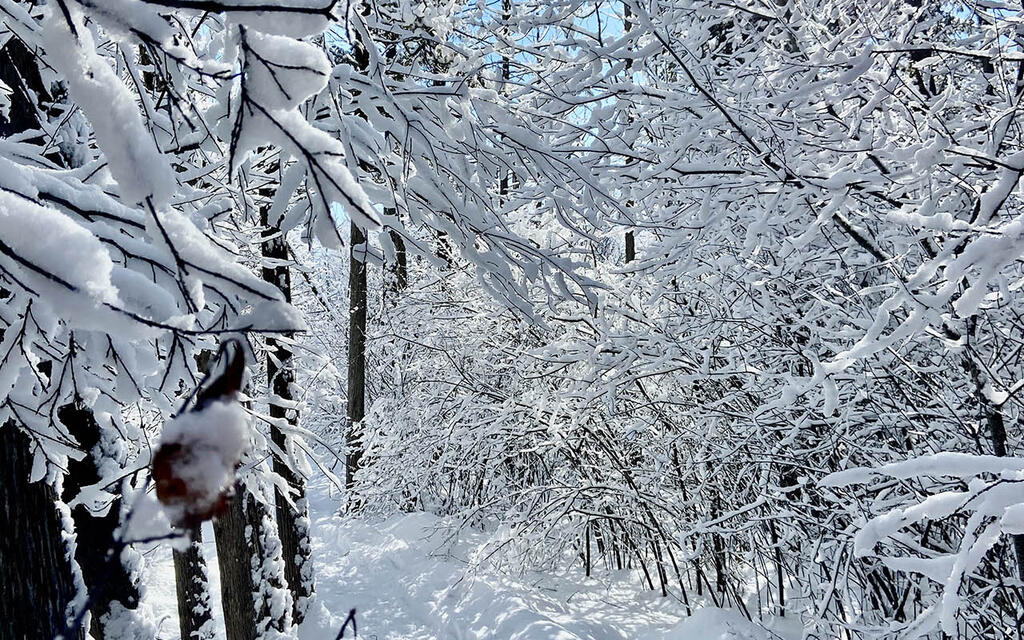Is there anything more thrilling and rejuvenating then venturing out into our wild places to connect with ourselves and nature? As photographer and conservationist Art Wolfe said; “It is in the wild places, where the edge of the earth meets the corners of the sky, the human spirit is fed.” And lucky us, we have some incredibly diverse and rich wild places to feed our spirit. Unlike our well managed trails that are easy to navigate and supporting facilities - more remote locations require both knowledge and skill in order to recreate responsibly (and safely!).
Responsible Recreation is an overarching term that encompasses safety and environmental impact. It means being a good land steward while being respectful of oneself, others, and nature. This article will take a closer look at our connection to wild places with that responsible recreation lens, an aspect that we can all nurture for our collective well-being.
The Environment
As we venture further into the wilderness, we increase the possibility of exposure to wildlife and natural habitats. It is in our best interest to minimize impact and care for the environment, here are a few considerations:
- Remember and apply the wildlife rule of thumb; If you can cover the entire wild animal with your thumb you’re at a safe distance. This is a general rule to be used as a minimum precaution. Other factors, like the animal’s behaviour should be considered and added to distance. Use binoculars or a camera with zoom to view animals from a safe distance.
- Do not vandalise our wild places, this includes etching into rocks and trees. It degrades the natural beauty, takes away from the experience of others, and can result in closures or access limits to that area. It’s easy to think that carving into trees is a harmless act, but it unnecessarily damages the tree’s protective bark cab lead to disease and death.
- Always practice the 7 principles of Leave No Trace which includes campfire protocols, leave no trash, and toileting guidelines.
The Experience of Others
If I’m running off to our wild places, where it’s just me and the wild things – how can my actions possible impact others? It’s wild (pun intended) how our actions can have impact on others even though there’s no one around for miles while we’re recreating! Below are a few considerations to help highlight to point and help raise awareness that our habits matter.
- The great debate – to geotag or not to geotag? This is something that the outdoor community discusses at length. What action is the most ethical to take? While the jury is still out on the specifics around the ethical dilemma of geotagging, we can do our part by asking ourselves these questions prior to posting our locations online.
- Does the current infrastructure support an additional amount of visitors?
- Are there adequate parking, roads and restrooms that can handle more visitors?
- And consider the possible human and environmental impact that could be placed on that location....
- Tread lightly before heading out to our wild places and trails based on friend’s recommendations or a website that declares this to be a ‘must visit secret spot’. Often what is missing is what kind of land the trail crosses – is private, public, or crown? Be considerate and respectful of land owners and opt to avoid trails that cross private land unless to have the land owner’s permission. Take the time to learn about the lands.
- Don’t be a crafty Karen when it comes to cairns. While they are fun to build and photograph, unofficial cairns cause confusion. Especially in our more remote locations where cairns are vital trail markers. Our desire for the experience or pretty picture does not trump natural beauty and fragile vegetation.
- Head ups when it comes to cliffs and vistas! No matter the season, there is a possibility that there are climbers or hikers below. Never throw or kick anything off of vistas or cliffs.
Our Safety and Self
When it comes to our own safety, there are a few responsible recreation tips when it comes to connecting with our wild places.
- Even on more popular trails, cell reception can be spotty at best and isn’t to be relied on. Having the appropriate communications device is a part of the 7 principles of Leave No Trace. Whether it is a GPS communication device or a personal locator beacon, having one is crucial increasing our own safety.
- Knowledge is key while you build up experience, consider taking the following courses:
- Wilderness first aid by Red Cross or Hard and Fast CPR,
- Pet first aid by the Ottawa Humane Society or Dog Safe,
- Navigation by Hike Ontario or Survival by Training
- Survival by Survival by Training or WSC Survival School
- Plant and fungi recognition courses
Looking for a middle ground between popular in town trails and remote wild places? Try these trails that are a little more off the beaten path but well managed easier to navigate (but still require basic navigation and safety skills!):
- Rose Hill Nature Reserve in Lennox & Addington County
- Griffith Uplands Trail in Renfrew County
- Sheffield Conservation Area in Lennox & Addington County
- Kennebec Wilderness Trails in Frontenac County
- Deacon Escarpment CCT in Renfrew County
Exploring our remote places is the case where it’s best to dip your toe in the water and learn how to swim before jumping right in. But once you do, it’s rewarding beyond measure.
--





